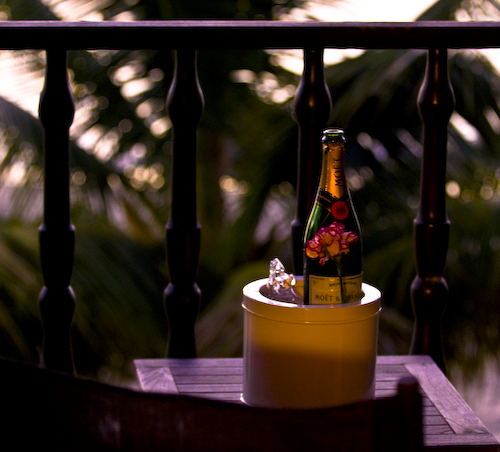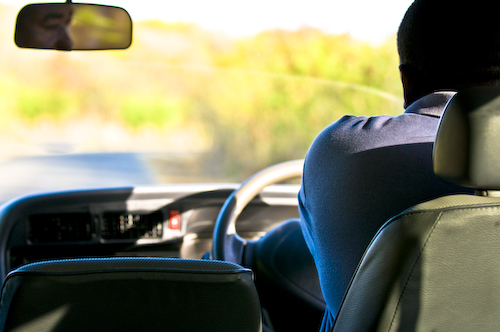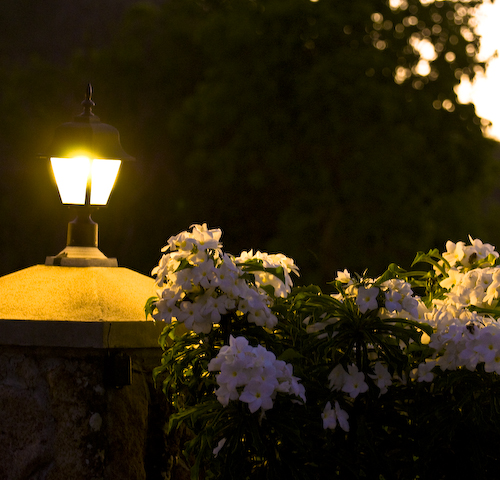
After many false starts, delays, and unforeseen circumstances, I finally made the ascension to one of Puerto Rico’s truly amazing treasures: the Caribbean National Rain Forest, known as ‘El Yunque’. Joining me for the voyage were Mary, her son Luichi, and my daughter Brenna. As we slowly wound our way up through the Luquillo mountains, we were impressed by many gorgeous vistas.
There is a ton of material about El Yunque on the net, so I won’t be inserting a ton of stuff in this post due to the rather large number of photos I intend to post.
**Note to families of photographers: It’s ok to leave your shooter behind when visiting here… really. He or she will be mesmerized by the thousands of shots which present themselves every few feet, so go ahead: run, dance, play under the canopy and fear not for your loved one (who is muttering ‘I need another 16 gig card…’)

Fortunately for me, I wasn’t completely alone in my viewfinder. My daughter takes a moment here to say ‘STOOOOP!’ You see, even though she totally digs the shots I take of her, she never wants to be photographed.
Kids.

I feel the need to make the usual disclaimer, the one found most frequently withinj these pages: I have no friggin idea what I’m shooting when it comes to most flora and fauna. But I love to learn, so please feel free to leave a comment about what the photos contain (no one will mock your superior intellect – really!)

This thing-a-ma-bob seems to grow from certain palm trees. It looks neat and doesn’t appear to be edible. Although, I might try boiling it just to be sure.

Now, after we scored a sweet parking spot (the force was with us) we decided to make the mile hike to the largest waterfall in the rainforest. The forest contains rare wildlife including the Puerto Rican Parrot, which is one of the ten most endangered species of birds in the world. Its scientific name is Amazona vitatta. The Puerto Rican parrot is a small amazon parrot, about a foot in length, bright green, with red forehead, blue primary wing feathers, and flesh-colored bill and feet. Its primary habitat is the upper zones of the Luquillo Mountains. And nope, we never saw one. But we did see lots of awesome vegetation.

Snails are very common, as are the coqui – the tiny tree frog which is fabled to live only in Puerto Rico and now Hawaii. The coqui serenaded us with their songs during our entire visit, increasing their decibel levels right after the passing rainshowers. Yes, being a rainforest it rained intermittently all afternoon. I rather enjoyed it.

Geckos are also quite common along the trail, and they come in a variety of colors. This one had just jumped up from the gravel path and hadn’t yet changed its colors.

The hike to the falls is primarily downhill from the parking lot. Along the way are cement stairs, rock paths, mud trails, elevated logs, bridges and more. The trail system and a few of the improvements were originally created during the Great Depression by the CCC and WPA.

Another snail climbs for the canopy. I wonder what they do up there, and what prompts them to come down?

Many of the concrete castings contain impressions made by the original workers in the 1930’s. I couldn’t find a clear example to shoot, but they are interesting and occur often along the trail.

There are many spots which invite a picnic, a soaking of feet, and the zen of falling water. I didn’t shoot any pictures of them, but there are numerous picnic shelters along the upper third of the trail, too.

These intertwined trees housed a coqui among their roots, but I couldn’t find it the little bugger for a shot. Coqui are very small, about the size of your thumbnail.

After about 45 minutes of downhill hiking, we made the falls. Photos really don’t do it justice – it is magnificent. I didn’t have a wide angle lens on me – I only brought the 70-200 mm f2.8, so my attempts to capture the falls do sucketh. Why only the long lens? Well, it was raining off and on. Not the occaisional drizzle, mind you – I mean full on tropical rain. So I thought it best not to try a lens change and just packed my workhorse for the hike. Ya, I’m a wuss.
(A note for Santa: Please Sir, I would love a Nikkor 12-24mm wide angle zoom for Christmas. I’ll even be good. I promise.)

I totally loved this road sign in the middle of the rainforest… the moss and lichen say it all.

Brenna enjoys a chat after lunch with Mary and Luichi. Lunch was my doing: albacore with shredded carrots, celery and dill on sesame bagels, with red potato salad on the side. We enjoyed a brief, though moist meal together next to the thundering water.

This was about as ‘wide’ as I could get for a shot of the falls base. The water was very chilly, I’m guessing 60 degrees and only a few dared to enter it.

After watching everyone else have fun in the water, I begged and pleaded for Mary to join me in the negative ion stream. Somehow, after only a few minutes, she relented. Brenna took the shot with my D300 and 70-200 mm telephoto, which is a real bugger if you’re not used to it. The thing weighs a ton, but she made a very nice photo despite the numerous challenges in front of her.
Oh, and in a word, shrinkage. That water was COLD.

Another fine shot taken by Brenna, finished in Lightroom with a bleach effect. I’ll probably go back and finish this photo again in a different style, but I kind of liked this look.

This was a great shot, in my opinion. It is un-cropped, un-retouched, straight off the camera. This is why I love the D300 and Nikon lens system SO much… with even a smidge of aptitude you can achieve great shots. I intend to put this on my wall at home in a 16 x 20. It’s even better looking big.

Brenna and I both shot this on the way out of the rainforest. Her shots came out exceptionally well, although her point and shoot later became a victim of the sands of Playa de Isla Verde. I really need to get her shots in here for y’all to see. She has an artist’s eye for composition, and I’m hoping the recent gift of my Olympus E-500 kit will be as big a turn-on for her as it was for me.

The last shot of this series. I fully intend to return to El Yunque in the future, and I strongly enocourage all who venture to Puerto Rico to go take a look. We only grazed the surface of the rainforest in this afternoon of hiking and shooting; there is a whole world of diversity within this rainforest and I can’t wait to go back.
The Map:
For some reason (perhaps Mars is in retrograde or something) the map isn’t lining up properly in this view, despite my many attempts to correct it. To see the spots I’ve marked for you, pan up to the north, or zoom out a little.
Posted in Airline Flying, Caribbean, Luquillo, Photography, Puerto Rico



































































